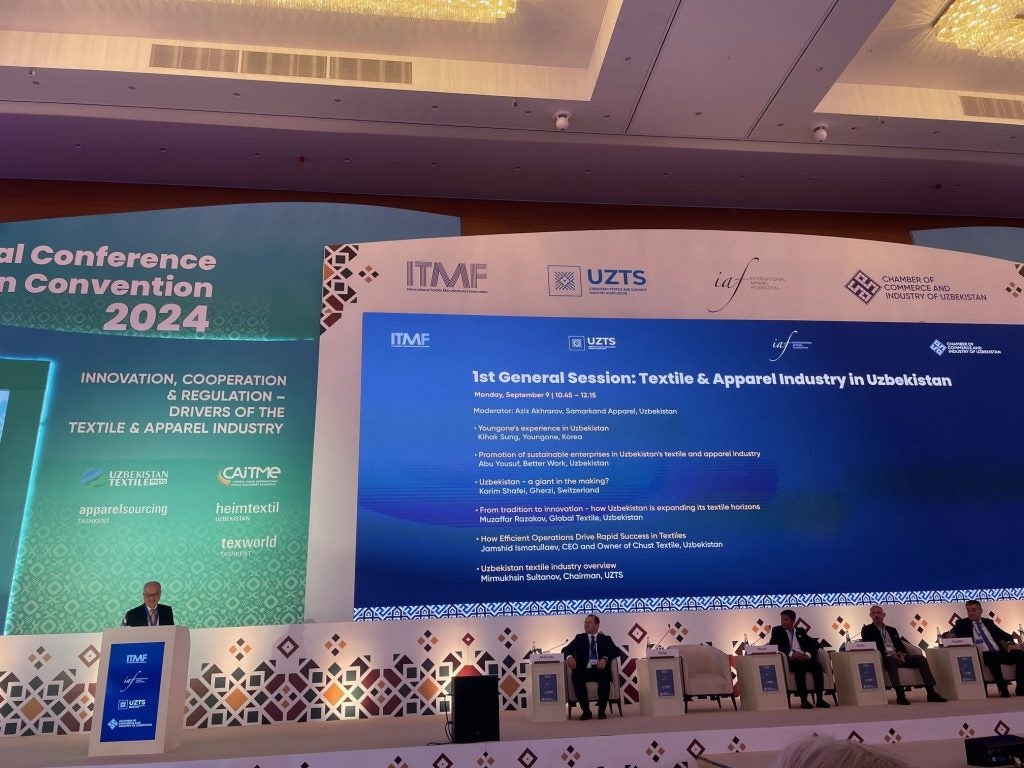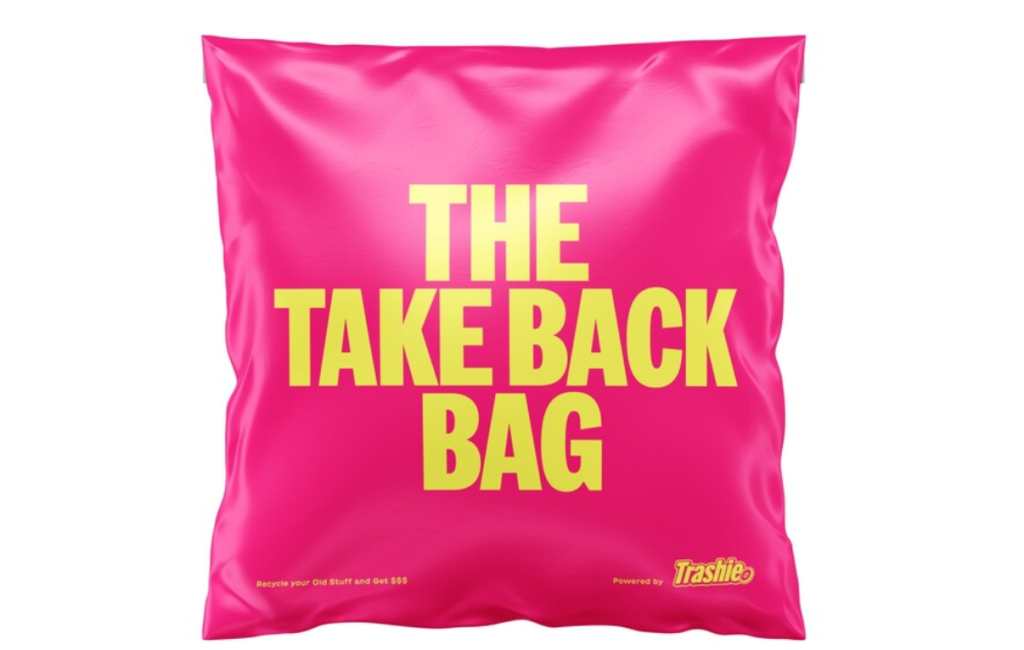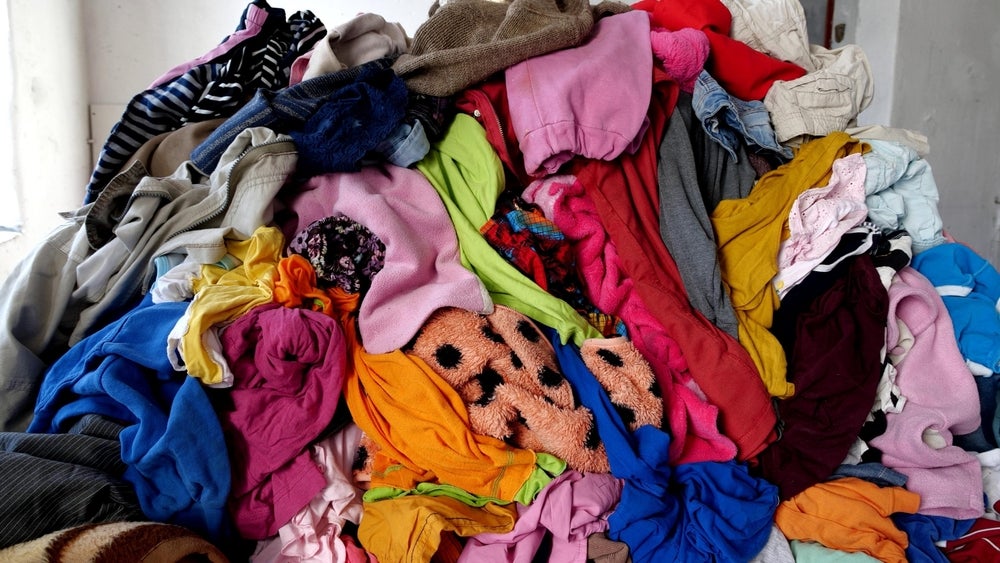If there’s one thing the July import figures from the US Office of Textiles and Apparel have revealed, it is that post-Covid, many US apparel brands and retailers realised it is not smart to put all your eggs in one basket when it comes to sourcing.
The July US apparel and textile import figures showed good growth, with apparel shipments from all sources increasing 7% yearly to 2.5bn SME (square metre equivalents).
China, the largest supplier of apparel to the US, saw shipments surge by 9.2% year on year to July to 1.1bn SME.
Vietnam, the second largest apparel exporter to the US saw an increase of 4.7% to 385m SME.
In fact, of the top ten largest apparel suppliers to the US, only two booked a loss, and that was Bangladesh – the third largest apparel supplier to the US – of 2.2% to 217m SME, and Mexico whose shipment volumes fell 5.4% to 51m SME.
When it comes to analysing the decline in Bangladesh’s shipment volumes, the figure is unsurprising given the unrest the sourcing major is experiencing at present.
Local news reports suggest the protests have come at a challenging time for the interim government, which has struggled to maintain stability following the resignation and departure of former prime minister Sheikh Hasina on 5 August, amid student-led anti-government protests. The transitional administration is now facing increasing pressure to address workers’ demands while ensuring law and order.
While earlier, UNI Global Union and IndustriALL called on 200 fashion brands to maintain their engagement in Bangladesh and commit to garment orders to help secure the country's democratic and economic future.
Dr Sheng Lu, professor of apparel studies at the University of Delaware observes: “Imports from Bangladesh decreased by 2.2% in quantity and 6.7% in value year over year. This decline serves as another warning sign of the negative impact that recent unrest and instability in Bangladesh have had on the country’s competitiveness as a sourcing destination. Additionally, because Bangladesh is primarily used as a sourcing base for relatively basic apparel items, it is relatively easy to find alternatives in other nearby Asian countries.”
The figures stand up his point with all of the Asian apparel sourcing majors seeing healthy shipment increases during July.
Cambodia saw one of the largest increases of the ten at 19.4% to 112m SME while Indonesia booked an increase of 3.6% to 85m SME. India saw a 2.5% increase in shipment volume to 115m SME while Pakistan saw a 2.4% increase to 63m SME.
Meanwhile, when it comes to Central American sourcing majors, Honduras booked the biggest increase in shipment volumes – in fact of all the ten major apparel supplier nations to the US of 20.3% to 73m SME.
Nicaragua booked a 4% increase in shipment volumes during July to 54m SME.
Lu observes: "US apparel imports experienced unexpected substantial growth in July 2024. However, whether and how long the growth will last remains a question mark. Specifically, US apparel imports in July 2024 increased by 2.4% in volume and 7.0% in value from a year ago. After adjusting for seasonal factors, imports in July 2024 rose by over 9% from June, both in quantity and value. Interestingly, US apparel retail sales in July 2024 were nearly flat compared to June. Likewise, the US consumer confidence index slightly declined over the same period. Although other factors may also come into play, the apparent surge in apparel imports was likely driven by fashion companies’ eagerness to get their products earlier before potential tariff increases.”
What year-to-date figures reveal about US apparel sourcing
World +1.4% to 1.42bn SME
China +3% to 493m SME
Vietnam +5.9% to 233m SME
Bangladesh -4.6% to 133m SME
India +6.8% to 80.6m SME
Cambodia +13.3% to 58.9m SME
Honduras +3.4% to 41.1m SME
Indonesia -5.7% to 55.7m SME
Pakistan +3% to 40.1m SME
Nicaragua +3% to 35.3m SME
Mexico -18.6% to 34.9m SME.
Are we witnessing a China comeback?
In the immediate aftermath of Covid – at least for a year a two – there was a real shakeup of the sourcing landscape with China witnessing a sharp decline after US brands and retailers struggled to recover from blanket factory closures, shipment delays and a spike in costs.
It taught a hard, but much needed lesson and we began to witness a new era of sourcing where brands and retailers began to reduce their reliance on China – also due in part to a trade spat with the US – and explore the idea of sourcing from several alternatives, plus China (because – thanks to its low cost and high efficiency, it can never truly go away entirely).
In July 2024, China accounted for 24.6% of the value and 41.4% of the quantity of US apparel imports, both of which increased from a year ago.
In June, China’s apparel on an average price per unit basis fell further to $1.76 making it the cheapest of the top 10 apparel suppliers to the US. In fact, it is a staggering 37% cheaper than the next cheapest, El Salvador at $2.80.
Still though, the recent results – indicating growth across the board – would suggest price is no longer king. It’s still important of course, but after the pandemic which had left a number of brands and retailers reliant on Chinese supply chains in limbo, and subsequently geopolitical issues which have adversely affected supply chains – take the Red Sea crisis for example – US apparel brands and retailers are quickly becoming aware of the importance of accelerating supply chain diversification strategies, and nearshoring supply operations.
That, together with a fall in demand for basics and mass-produced goods has led to a change in sourcing strategies for US apparel firms.
Lu points out: “Although there is no evidence to suggest that US companies are reversing their “de-risking” efforts, the latest data indicates China’s continued resilience as an apparel supplier. Notably, China can offer US fashion companies substantial sourcing flexibility and agility by leveraging its complete supply chain and high production efficiency. In other words, US companies could easily move sourcing orders back to China as the circumstances change. Meanwhile, the Chinese government has been encouraging its companies to expand exports through e-commerce and ship small-value packages to Western markets. The surge in such small-value packages could further intensify the debate on reforming de minimis rules and lead to new trade-restrictive measures targeting Chinese products.”
















